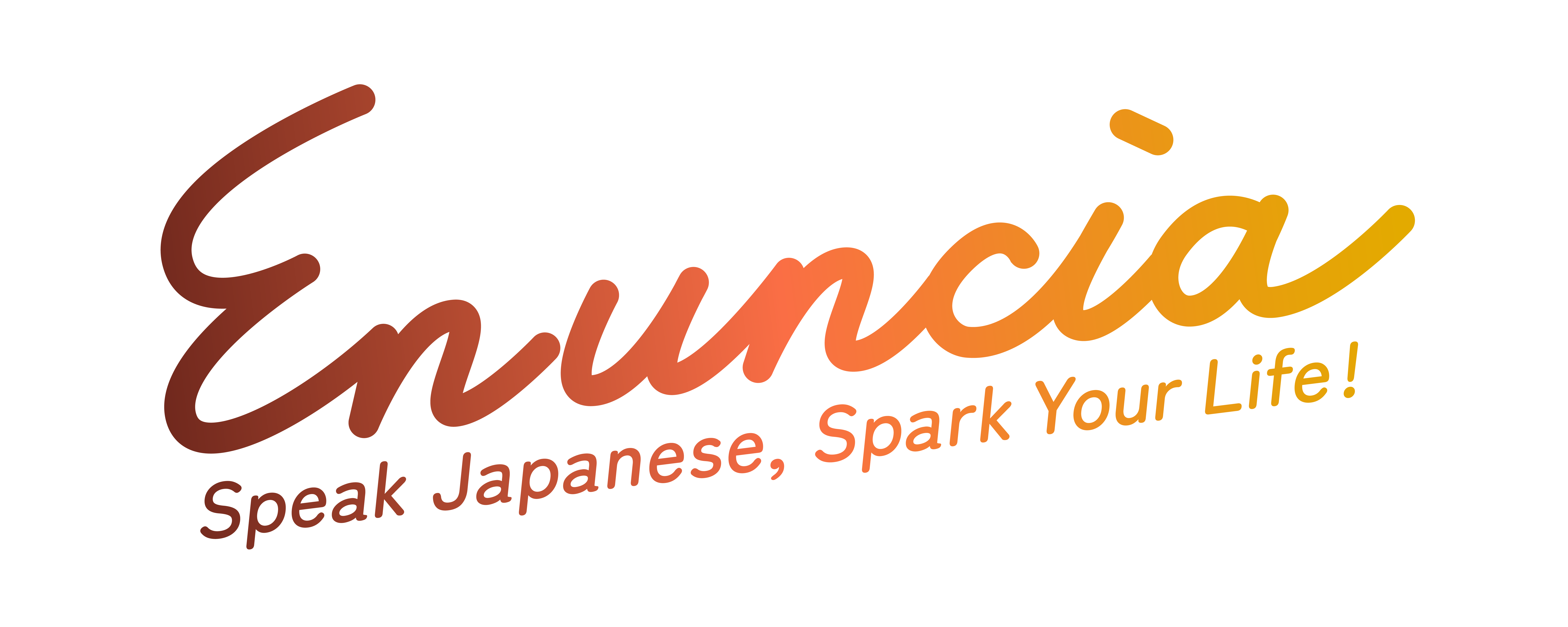JLPT N3・N4 Gramamr- “〜ように” and “〜通りに”

Table of Contents
1. Difference between “〜ように” and “〜通りに”
2. 〜ように
3. 〜通りに・〜通り
4. Summary
5. Quiz
6. Similar Articles
7. Comment
Q: Is there a difference in grammar between “〜ように” and “〜通りに”?
A: Both express that the content matches, but the degree of that match differs.
〜ように
“〜ように” is generally used when things are roughly (around 70-80%) the same.
[Rule]
[V] Verb dictionary form/た form+ように
[Na] な Adjective+な/である/だった+ように
[N] Noun+の/である/だった+ように
[Examples]
[V] 私が説明したようにしてください。
Please do it as I explained.
⇒ I would like it to be roughly the same as my explanation.
[Na] 子供には遊ぶ時間が必要なように、大人にも好きなことをする時間が必要です。
Like children need time to play, adults need time to do what they enjoy.
⇒ Like children playing, adults also engage in activities they enjoy.
[N] 見本のように書いてください。
Please write it like the sample.
⇒ It’s fine as long as it’s roughly the same as what’s written in the sample.
[N] 山田さんのようにかっこいい先輩になりたいです。
I want to become a cool senior like Mr. Yamada.
⇒ “ように” can also be used when referring to people or things as examples.
〜通りに
It expresses a higher level of accuracy in matching, almost close to 100%, compared to “〜ように,” which means roughly the same.
[Rule]
[V] Verb dictionary form/た form+とおりに
[N] Noun+の+とおりに、Noun+どおり
[Examples]
[V] 先生が言った通りでした。
It was just as the teacher said.
⇒ This indicates that what the teacher said was almost exactly the same.
[N] この通りに書いてください。
Please write it exactly like this.
⇒ Compared to “ように,” this implies a stronger need for writing almost exactly the same.
[N] 説明の通りにやればうまくできますよ。
If you do it as explained, you will succeed.
⇒ It’s necessary to make it almost exactly the same as what was explained.
[N] 説明通りにやればうまくできますよ。
If you do it as explained, you will succeed.
⇒When used directly with a noun, it’s pronounced as “どおり.”
However, be careful as it cannot be used with nouns representing people or things.
〇 練習通りにやればきっと勝てます。
If you do it as practice, you will surely win.
× コーチ通りにやればきっと勝てます。
If you do it as the coach taught, you will surely win.
〇コーチの教えてくれた通りにやれば勝てます。
If you do it as the coach taught, you will surely win.
Summary
When referring to roughly the same level of content match, use “ように,” and when aiming for almost exact similarity with high precision, use “通りに.”
Quiz
Read the following sentence and choose the expression that fits the context from the options provided in the parentheses.
Click on the question to check the answer.
A.のように
トムさんのように日本語が上手になりたいです。
I want to become proficient in Japanese like Tom.
*It means to use someone as an example and strive to be like them, so “のように” is appropriate.
A. ように
失敗してもいいですから、わたしが言ったようにやってみてください。
It’s okay to fail, so please try doing it as I said.
*Since it’s okay to fail, there’s no need for high precision. “ように” is suitable.
A. どおりに
計画どおりにいかないものですね。
Plans often don’t go as expected.
*It’s directly used with a noun, so “どおりに” is used.
A. の通りに
ここまで地図の通りに歩いたらすぐ着くことができました。
I was able to arrive quickly by walking according to the map.
*Since you were able to arrive by following the map, “の通りに” is appropriate.






Love this blog! I’ll keep supporting you.
Thank you!!